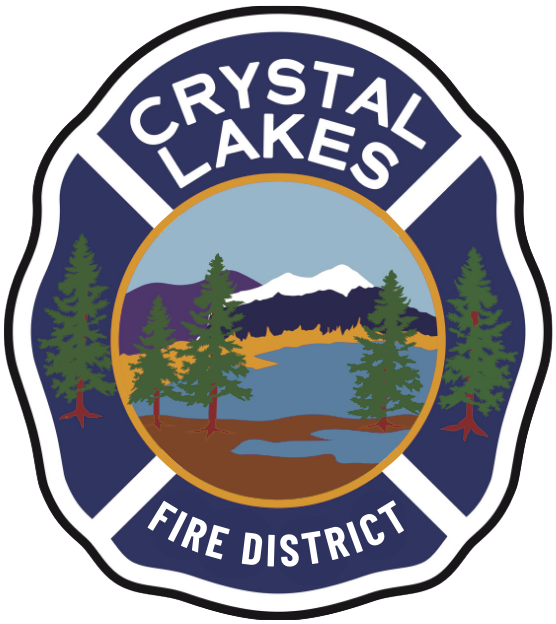Seven Things You Should Know About Fire Mitigation
- The factors that most affect the survivability of a structure are the structure itself and the 100 feet around it.
- Vacant lots also benefit from mitigation. The trees on your lot are more likely to survive a fire if you have mitigated to lessen fire intensity. Mitigation can make the difference between coming through a wildfire with a damaged, but still wooded lot and being left with a barren moonscape.
- It is not necessary to clear-cut around your house to improve its resistance to wildfire. Mitigate to keep flames from direct contact with your house and to keep high radiant heat (burning trees) at a distance of at least thirty feet. You can do this by keeping tree canopies at least ten feet apart and limbing trees up at least ten feet.
- More structures are lost to low-intensity (ground) fires than high-intensity (crowning) fires. The embers and ground fires that most often destroy houses are things you can easily mitigate against.
- One of the most important things you can do to protect your home is clean your gutters. Look for and remove dead leaf- and needle-litter from wherever it accumulates around your house -- it provides kindling for embers and is instrumental in destroying structures during a wildfire.
- There are only two forces that can truly stop or turn aside a large wildfire: a change in the weather and the mitigation of the forest in the fire's path. Your efforts make a difference.
- Members of the Crystal Lakes Volunteer Fire Department will be offering property assessments to assist you in making effective fire mitigation decisions on your property. Use the form on the Fire Mitigation page of our website to request one.
